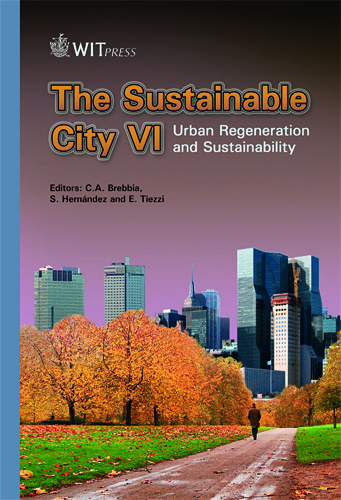Sustainable City Planning: Preserving Historical Objects
Price
Free (open access)
Transaction
Volume
129
Pages
12
Page Range
483 - 494
Published
2010
Size
853 kb
Paper DOI
10.2495/SC100411
Copyright
WIT Press
Author(s)
U. Ulbar, L. Cazacova & A. Eldelhun
Abstract
The historical environment of old cities is what draws a defining line detaching the past and present; it is that bridge, which connects the history of city foundation with the present veracity. Preservation, and restoring centers of antique cities already is the foremost task of modern city planning. The laws have already been passed and implemented which control this process. Right now is the time to pay attention to the non-monumental antique structures (NMAS) which are remote from the historical city center. They are the ones that are most vulnerable and are facing amendments. As a consequence of scientific-technological progress, with society developing at an increasing pace; cities evolve and grow fast, simultaneously with the changes within the functional structures of the separate micro districts. All these changes directly and inevitably affect the antique architectural structures. It is the historical objects and complexes located on the outskirts of the centers of the historical cities that are now isolated, and surrounded by newfangled structures. In many cities there are streets and micro districts which are no longer a single ensemble, as they were initially. Constructions abruptly differ from each other in styles and number of floors. This is the exact reason why preservation of a city’s historical environment, and its cultural heritage, is one of the priorities of modern city planning. The purpose of this article is to develop a strategy to: • Assign a definition to structures not considered to be monuments of historical, archaeological, and artistic value, located on the outskirts of the city centers, as NMAS.
Keywords
non-monumental structures, protecting heritage, cultural values, historical environment, old city planning





